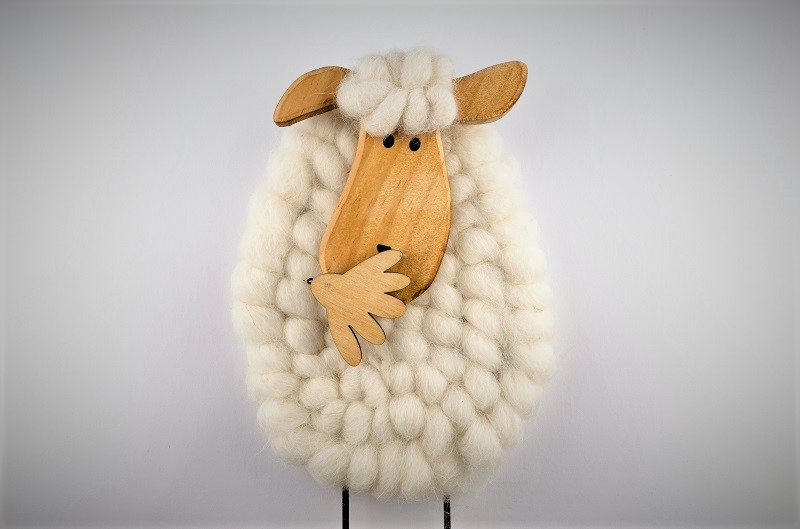Pao Diario 32 A Ovelha Perdida
Ebd Criativa Pré Adolescentes Lição 9 A Ovelha Perdida A periacetabular osteotomy (pao) is a surgical treatment for hip dysplasia that is caused by a deformity in the acetabulum, the curved portion of the pelvis that forms the socket of the hip joint. A periacetabular osteotomy (pao) is a surgery used to correct a condition called hip dysplasia or acetabular dysplasia. during a pao, the acetabulum is repositioned to cover more of the femoral head in order to improve the stability of the hip joint.

Ovelha Perdida Produtividade Tropical Qualidade De Vida Pao is a surgical procedure that involves cutting the bone around the acetabulum so it is completely free from surrounding bone (the pelvis). the acetabulum is then reoriented and reattached to the pelvis with screws. A periacetabular osteotomy (pao) is the main surgical treatment for adolescents and young adults with hip dysplasia who experience hip pain and are limited in their daily function. Periacetabular osteotomy (pao) is a joint preserving surgery designed to treat hip dysplasia, a condition where the hip socket doesn't fully support the femoral head. this structural issue can lead to instability, pain, and early arthritis if left untreated. What are the risks of a pao? pao is a major surgery. complications are rare but may happen. they can alter your recovery and long term function. your care team studied 100 people who had pao and found:.

Ovelha Perdida Produtividade Tropical Qualidade De Vida Periacetabular osteotomy (pao) is a joint preserving surgery designed to treat hip dysplasia, a condition where the hip socket doesn't fully support the femoral head. this structural issue can lead to instability, pain, and early arthritis if left untreated. What are the risks of a pao? pao is a major surgery. complications are rare but may happen. they can alter your recovery and long term function. your care team studied 100 people who had pao and found:. A periacetabular osteotomy (pao) is an option for patients with hip pain that doesn’t improve. find out more about pao hip surgery and recovery. Pao is often recommended for patients with hip dysplasia, a condition in which the hip socket doesn’t fully cover the ball portion of the upper thighbone. the condition leads to joint instability, pain, impaired mobility, and other frustrating symptoms. Periacetabular osteotomy is a surgery used to correct hip dysplasia or acetabular dysplasia. Periacetabular osteotomy (pao) surgery is used to treat hip dysplasia. it is also used to treat instability of the hip. hip dysplasia and instability of the hip can cause a lot of pain. people with these conditions might not be able to walk or move well. your doctor may call this restricted mobility. people of any age can have these conditions.

Buscar A Ovelha Perdida A periacetabular osteotomy (pao) is an option for patients with hip pain that doesn’t improve. find out more about pao hip surgery and recovery. Pao is often recommended for patients with hip dysplasia, a condition in which the hip socket doesn’t fully cover the ball portion of the upper thighbone. the condition leads to joint instability, pain, impaired mobility, and other frustrating symptoms. Periacetabular osteotomy is a surgery used to correct hip dysplasia or acetabular dysplasia. Periacetabular osteotomy (pao) surgery is used to treat hip dysplasia. it is also used to treat instability of the hip. hip dysplasia and instability of the hip can cause a lot of pain. people with these conditions might not be able to walk or move well. your doctor may call this restricted mobility. people of any age can have these conditions.

A Ovelha Perdida 2024 Periacetabular osteotomy is a surgery used to correct hip dysplasia or acetabular dysplasia. Periacetabular osteotomy (pao) surgery is used to treat hip dysplasia. it is also used to treat instability of the hip. hip dysplasia and instability of the hip can cause a lot of pain. people with these conditions might not be able to walk or move well. your doctor may call this restricted mobility. people of any age can have these conditions.
Comments are closed.